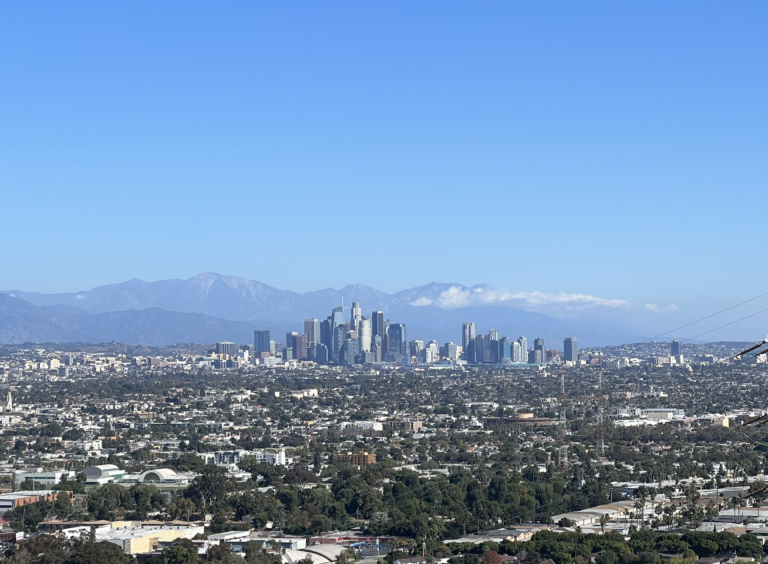E‑3 Visa – From Australia to USA
The E‑3 visa is a unique, U.S. nonimmigrant classification exclusively available to Australian nationals in specialty occupations, offering an annual cap of 10,500 new visas and unlimited renewals in two‑year increments Wikipedia USCIS. To qualify, applicants must hold Australian citizenship, possess a bachelor’s degree (or equivalent) in their field, and receive a legitimate U.S. job offer in a specialty occupation—defined as roles requiring highly specialized knowledge and theoretical/practical application of a body of expertise Wikipedia USCIS.
The application process involves certifying a Labor Condition Application (LCA) with the U.S. Department of Labor, filing Form DS‑160 at a U.S. consulate (or Form I‑129 with USCIS for in‑country status changes), and attending a consular interview—often resulting in visa issuance within days Wikipedia USCIS.
Dependents (spouses and unmarried children under 21) are eligible for E‑3D classification, with spouses able to apply for an Employment Authorization Document (EAD) for unrestricted work in the U.S. Wikipedia USCIS. Unlike the H‑1B, the E‑3 bypasses a lottery system, benefits from a largely unused quota, and imposes no limit on renewals—making it a streamlined pathway for Australians pursuing U.S. careers.
What Is the E‑3 Visa?
The E‑3 visa was established under the Australia–U.S. Free Trade Agreement in 2005 to allow Australian professionals to work in U.S. specialty occupations without competing in the H‑1B lottery Wikipedia. It covers positions that require at least a bachelor’s degree (or foreign equivalent) and involve the application of highly specialized knowledge, such as engineering, IT, finance, and research roles Wikipedia. Initially granted for two years, the E‑3 may be renewed indefinitely if eligibility criteria continue to be met Wikipedia.
Eligibility Criteria
To qualify for an E‑3 visa, applicants must demonstrate that they:
- Are Citizens of Australia: Only Australian nationals may apply Wikipedia.
- Have a Specialty Occupation Offer: A U.S. employer must extend a formal job offer in a role requiring a bachelor’s degree or higher in the field USCIS.
- Hold Necessary Credentials: Possess a U.S. degree or recognized foreign equivalent, or equivalent work experience documented by credentials Wikipedia.
- Obtain a Certified LCA: Your employer must file and receive certification of a Labor Condition Application from the Department of Labor, affirming that you will be paid the prevailing wage and that working conditions meet U.S. standards USCIS.
Maintaining Your E‑3 Status & Extensions
To maintain E‑3 status, you must continue working in the same specialty occupation for the petitioning employer and ensure your Form I‑94 remains valid through each stay USCIS. Extensions are filed via USCIS Form I‑129 along with a certified Labor Condition Application—file your extension petition up to six months before your current status expires to avoid gaps in work authorization USCIS.
Upon approval, E‑3 extensions grant another two years of status; there is no statutory limit on the number of times you can renew as long as you meet eligibility criteria USCIS. If you leave the U.S. and reenter on a valid E‑3 visa, your admission is reinstated without needing a new petition, simplifying business travel USCIS. Always keep copies of your LCA, I‑129 approval notice (Form I‑797), and pay stubs—USCIS officers may request these at any time to verify continued compliance USCIS.
Changing Employers & Visa Portability
Under E‑3 rules, you cannot begin work with a new employer until they file and receive USCIS approval of a new Form I‑129 petition with a fresh LCA for your position USCIS. Once USCIS approves the new petition, you may start employment immediately—even before departing the U.S.—ensuring seamless transition between jobs USCIS.
If you prefer consular revalidation, you can instead apply for a new E‑3 stamp at a U.S. consulate abroad once the new employer’s petition is approved USCIS. Spouses under E‑3D status remain employment‑authorized incident to status and do not require a separate EAD when you change employers USCIS. Always notify your DSO (if applicable) of any employer changes to maintain accurate SEVIS records and avoid status issues USCIS.
Industry Insights: Top E‑3 Occupations & Trends
Data from USCIS shows the most common E‑3 occupations include software developers, financial analysts, engineers, and academic researchers—roles that consistently meet the specialty occupation threshold USCIS. The Department of Labor’s wage data indicates that E‑3 beneficiaries typically earn at or above the prevailing wage for their occupation and geographic area, reflecting the skilled nature of these positions DOL.
Annual admissions have averaged around 5,000–6,000 new E‑3 entries in recent years, well under the 10,500 cap, suggesting strong visa availability for qualified Australians Wikipedia. Trends show a growing share of renewals and extensions relative to first‑time admissions, indicating that long‑term E‑3 tenure is common among repeat beneficiaries USCIS. For Australians evaluating U.S. career opportunities, these trends underscore the E‑3 visa’s reliability and the sustained demand for specialized talent.
Application Process
Consular Processing (Outside the U.S.)
- LCA Certification: Employer files the LCA with the Department of Labor—processing usually takes 7–10 days USCIS.
- DS‑160 & Fee Payment: Complete the online DS‑160 nonimmigrant visa form and pay the $205 application fee Wikipedia.
- Schedule & Attend Interview: Book a consular interview at the U.S. embassy or consulate in Australia. Bring the certified LCA, job offer letter, academic credentials, and passport USCIS.
- Visa Issuance: Upon approval, the E‑3 visa stamp is typically returned within 1–3 business days Wikipedia.
Change of Status (Inside the U.S.)
- Form I‑129 Petition: Employer files USCIS Form I‑129 with supporting LCA and specialty occupation evidence USCIS.
- Processing Times: Standard adjudication takes 4–6 months; Premium Processing is not available for E‑3 petitions USCIS.
Benefits & Limitations
Benefits
- No Lottery: Annual cap of 10,500 visas is rarely exhausted, eliminating the randomness of a lottery Wikipedia.
- Spousal Work Authorization: Spouses can apply for an EAD, permitting unrestricted employment Wikipedia.
- Unlimited Renewals: Continue renewals every two years as long as eligibility persists Wikipedia.
Limitations
- Australian‑Only: Limited exclusively to Australian citizens; dual nationals must use their Australian passport Wikipedia.
- Specialty Occupation Restriction: Only roles meeting the strict specialty occupation definition qualify USCIS.
- Non‑Dual Intent: Technically requires intent to depart U.S. at end of status, though USCIS tolerates dual intent in practice USCIS.
E‑3 vs. H‑1B: A Quick Comparison
| Feature | E‑3 Visa | H‑1B Visa |
|---|---|---|
| Eligibility | Australian citizens in specialty occupations Wikipedia | Citizens of any country in specialty occupations |
| Annual Cap | 10,500 new visas (renewals excluded) Wikipedia | 65,000 new visas + 20,000 master’s exemptions; lottery-based |
| Duration | 2 years, renewable indefinitely Wikipedia | Up to 3 years, renewable once for total 6 years |
| Spousal Work | Yes (EAD eligible) Wikipedia | No (H‑4 EAD only for certain H‑4 spouses) |
| Premium Processing | Not available for change of status USCIS | Available (15 days) |
Frequently Asked Questions
Can I switch employers on an E‑3 visa?
Yes—your new employer must file a new LCA and, if you’re in the U.S., a Form I‑129 petition before you begin work with the new employer USCIS.
How early can I apply for renewal?
File for renewal up to six months before your current status expires to ensure uninterrupted work authorization Wikipedia.
Do dependents count toward the visa cap?
No—E‑3D visas for spouses and children do not count against the 10,500 annual quota Wikipedia.
Is a master’s degree required?
No—a bachelor’s degree (or foreign equivalent) suffices; documented work experience cannot substitute for the degree requirement under E‑3 regulations Wikipedia.
Next Steps
- Confirm Treaty Status: Verify your Australian citizenship eligibility on the State Department’s treaty list Wikipedia.
- Secure a Job Offer: Obtain a written specialty occupation offer from a U.S. employer willing to file an LCA.
- Prepare Documentation: Gather academic credentials, LCA, employer letter, and proof of nationality.
- Choose Processing Path: Decide between consular processing (DS‑160) or in‑country change of status (Form I‑129) based on your location and timing.
By leveraging the cap‑exempt, renewal‑friendly E‑3 visa, Australian professionals can confidently pursue U.S. career opportunities in specialty fields with minimal administrative hurdles. Good luck with your application!







